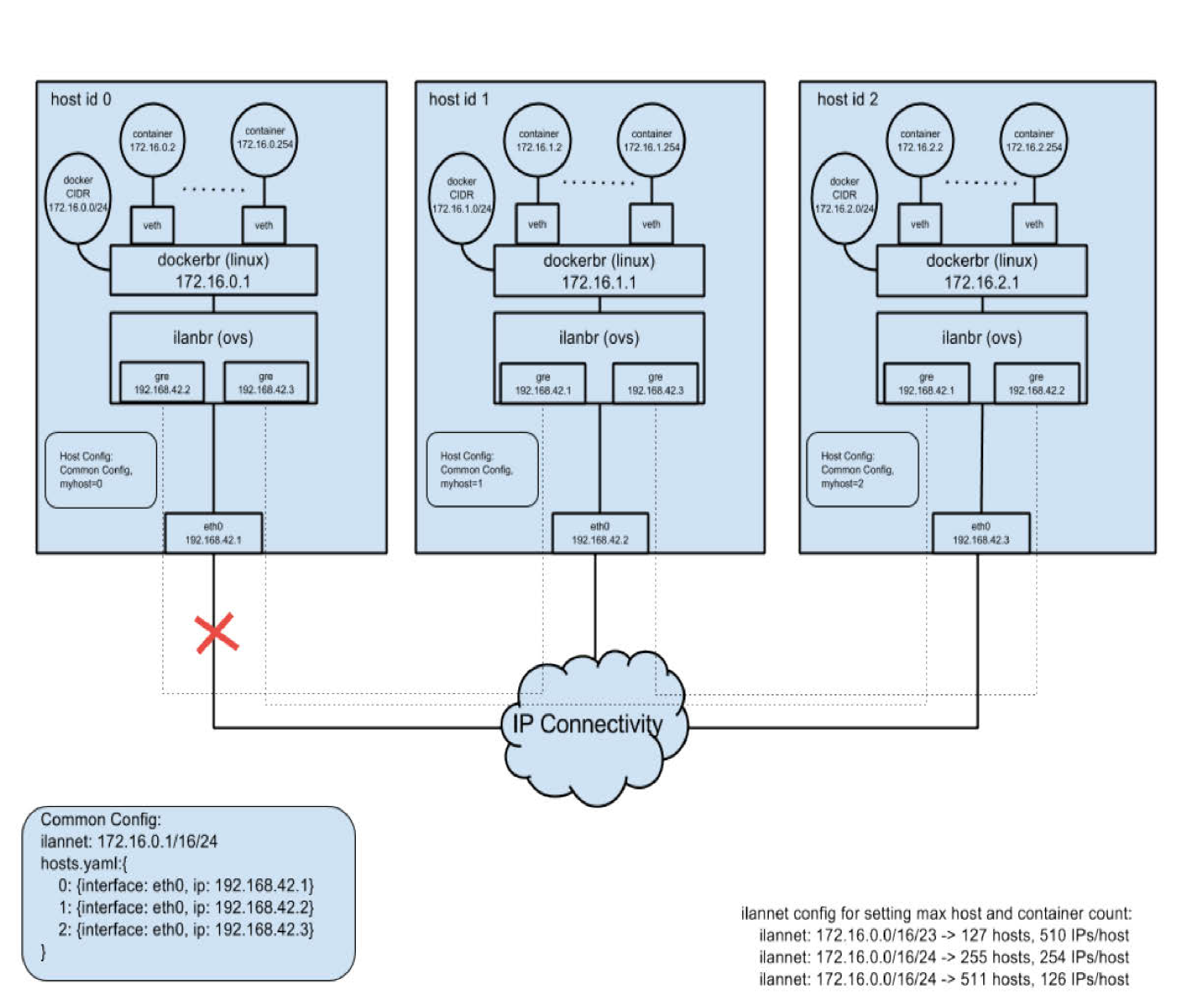
About high availability (HA)
This topic describes Blue Planet high availability cluster support and provides troubleshooting information.
HA provides capabilities that allow sites primary functionality to remain operational in response to a failure of a component on that site. Blue Planet achieves this continuity of service through redundant or fault-tolerant components on supported server clusters.
In the Blue Planet HA deployment, Blue Planet software runs across a cluster of hosts in a site, rather than on a single host. For RA instances, consult your RA reference guides for HA support.
Some examples of the Blue Planet components that back each other up include orchestration and platform solutions. When the software components on one server fails or becomes unavailable, the software components on the other servers in the cluster take over and continue to provide service.
Blue Planet components use a combination of peer-to-peer and leader/standby (also known as quorum and duplex-based) redundancies to provide HA. For details about these concepts, see Peer-to-peer versus leader/standby server redundancy.
The following diagram depicts a three-cluster HA configuration where a single node in a three-cluster group fails, enabling the remaining two nodes to continue to provide service as long as both nodes can communicate with each other. Once the failed node recovers and all the apps running on it are working, the node rejoins the cluster and rebalances the load automatically. No user intervention is needed.

HA requirements and guidelines
Blue Planet HA cluster support requires:
-
A cluster with an odd number of Blue Planet servers with cluster members running on physically separate hardware servers. A typical cluster contains three servers connected by a LAN. This is the minimum number of servers required.
-
HA software installed (where applicable). Orchestrate HA software is designated with an HA suffix. For more details, see the Blue Planet installation guide for your specific deployment needs.
-
All servers run the same software and versions.
-
HA systems require that 51% (2/3, 3/5, and so on) of nodes must be up for the site to be functional.
Because HA depends on redundant components being distributed across independent hardware (independent hosts/servers), keep the following guidelines in mind when planning your HA across independent hardware:
-
If deployed on VMs, no two site hosts can be located on the same VM host.
-
If you locate multiple site hosts in the same rack it is not as independent as locating site hosts on different racks. In this scenario, it is more likely that multiple hosts may experience a single power failure.
-
If you locate multiple site hosts in the same data center it is not as independent as locating site hosts on separate data centers.
Networking constraints related to bandwidth and latency typically limit how far apart site hosts can be separated. We currently recommend <1 ms network latency between hosts in a site.